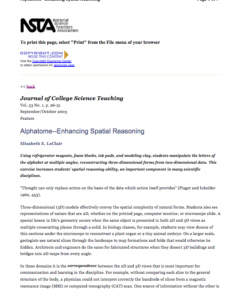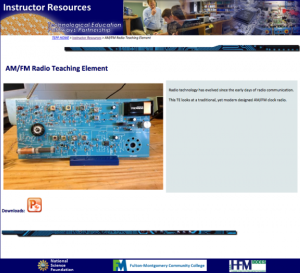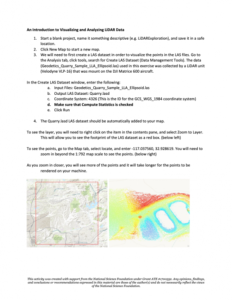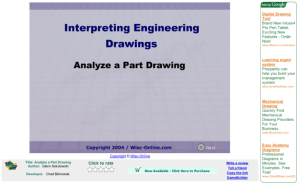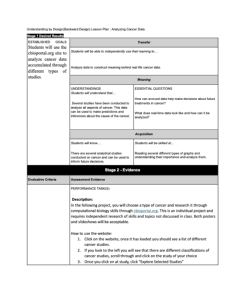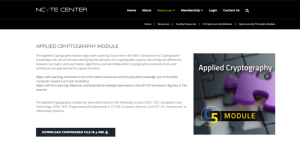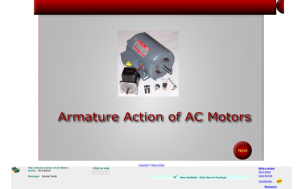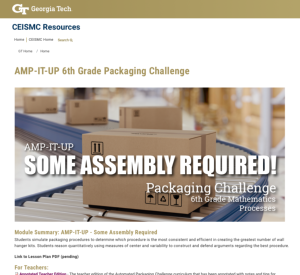Browse Resources
Instructional Material -- Activity
Resources | |
|---|---|
This 9-page article from Elizabeth E. LeClair highlights a spatial reasoning exercise and the importance of spatial reasoning ability. This exercise was developed to enhance students' spatial reasoning without using challenging jargon or digital imaging. "Using refrigerator magnets, foam blocks, ink...
These slides, from the Technological Education Pathways Partnership (TEPP), lead students in an activity to take apart a standard clock radio to explore how its components function. Topics covered include the primary and secondary voltage of the power supply, the clock function of the device, and...
This 80-page teacher guide, provided by the Minnesota State Advanced Manufacturing Center of Excellence, includes ready-made lessons for students in grades 6-12 to explore careers in manufacturing. This guide includes the following chapters: What is Manufacturing, Manufacturing in Minnesota,...
In this 4-page activity, provided by the Unmanned Aircraft System operations Technician Education Program (UASTEP), students are introduced to some of the properties (i.e. return value, point count) of LiDAR data gathered by a sensor mounted on a drone or unmanned aircraft system. In addition,...
In this interactive object, learners answer 25 questions regarding part or assembly drawings. The basic areas of blueprint reading are covered.
This 3-page lesson plan, provided by Northwestern Connecticut Community College, is for an activity where students use the cbioportal.org website to analyze cancer data accumulated through different types of studies. Students will choose a type of cancer and individually research it through...
This webpage, from National Cybersecurity Training and Education (NCYTE) Center, is one of seven learning modules from the Cybersecurity-Infused Computer Science Modules series. This module "focuses on practical aspects of private key and public key cryptography," and the Primary Learning Objectives...
This interactive presentation, created by Terry Bartelt for the Electromechanical Digital Library, discusses the armature action of an AC motor. Bartelt begins by discussing how the armature and stator are pivotal in the conversion of electrical to mechanical energy, the beginning of the entire...
This resource, published by Georgia Tech Research Institute, features a mathematics activity designed for sixth graders. In this activity, students test different ways of assembling and packing dry wall hanger kits, using variability and measures of center to determine and argue for the most...
This resource, published by Georgia Tech Research Institute, features a mathematics activity designed for sixth graders. In this activity, students examine candy manufacturing processes to determine the most consistent process, building both math and decision making skills. Students will use "...
| |
| ← Previous | Next → |
